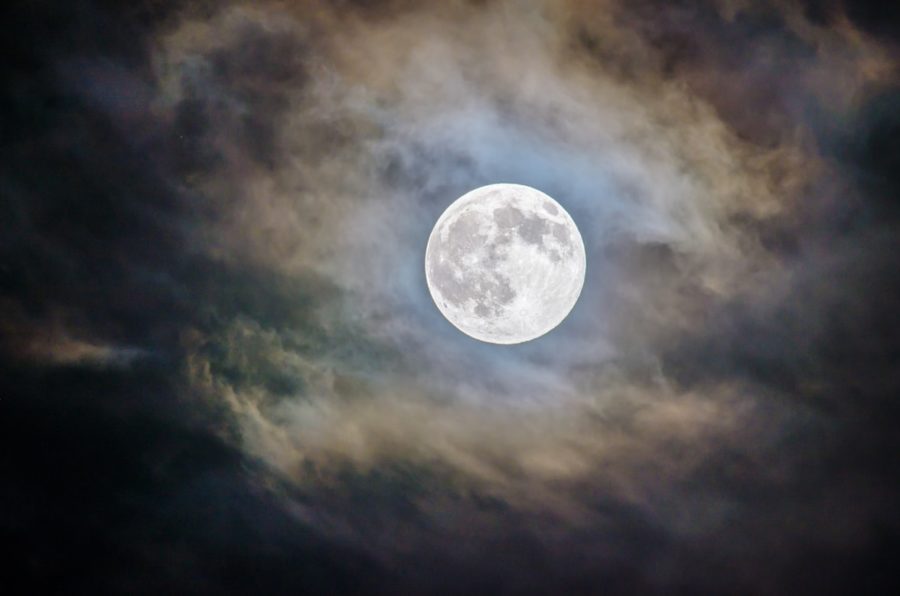Scientists think they’ve found a big, weird moon in a far-off star system–
“The hunt for moons outside our solar system has just turned up another possible lunar world…..”
The following written content by NELL GREENFIELDBOYCE

The hunt for moons outside our solar system has just turned up another possible lunar world, a moon bigger than Earth that’s orbiting a Jupiter-like planet.
The planet and its moon — if it really is a moon — orbit a Sun-like star that’s over 5,000 light years away, according to a report in the journal Nature Astronomy.
“The moon is pretty alien compared to any moon in the solar system,” says David Kipping, an astronomer at Columbia University. “We’re not sure if it’s rocky, we’re not sure if it’s gaseous. It’s kind of in between the size of Neptune, which is gaseous, and the Earth, which is rocky.”
This isn’t the first time astronomers have spotted something that might be a moon in another planetary system, which is sometimes called an exomoon.
In fact, Kipping and his colleagues announced a few years ago that they’d detected something moon-like orbiting a different planet. That discovery has yet to be confirmed with additional telescope observations, and some astronomers are skeptical that it will hold up to more scrutiny.

This new finding needs to be confirmed too, says Kipping. “It’s again another surprisingly large moon, if it’s real.”
Exomoons may be common, but they’re hard to find
Moons outnumber planets in our own solar system, so it stands to reason that planets orbiting other stars would also have moons. Scientists want to find them, in part because a moon might have conditions that are right for life.
“If you’ve seen Avatar or Star Wars, you’re probably familiar with this idea that moons, in and of themselves, could be habitable,” says Kipping. And real-life moons like Jupiter’s Europa and Saturn’s Enceladus are believed to have features like liquid water that might sustain life.
Scientists have found thousands of planets in recent years, but so far there’s been no incontrovertible sighting of a moon around any of them.
“Finding these exomoons is extremely challenging,” says Mary Anne Limbach, a researcher at Texas A&M University who also has been searching for moons. “These detections tend to be right at the detection limit. So it’s often difficult to disentangle the noise from the exomoon signal.” Read more from NPR.





